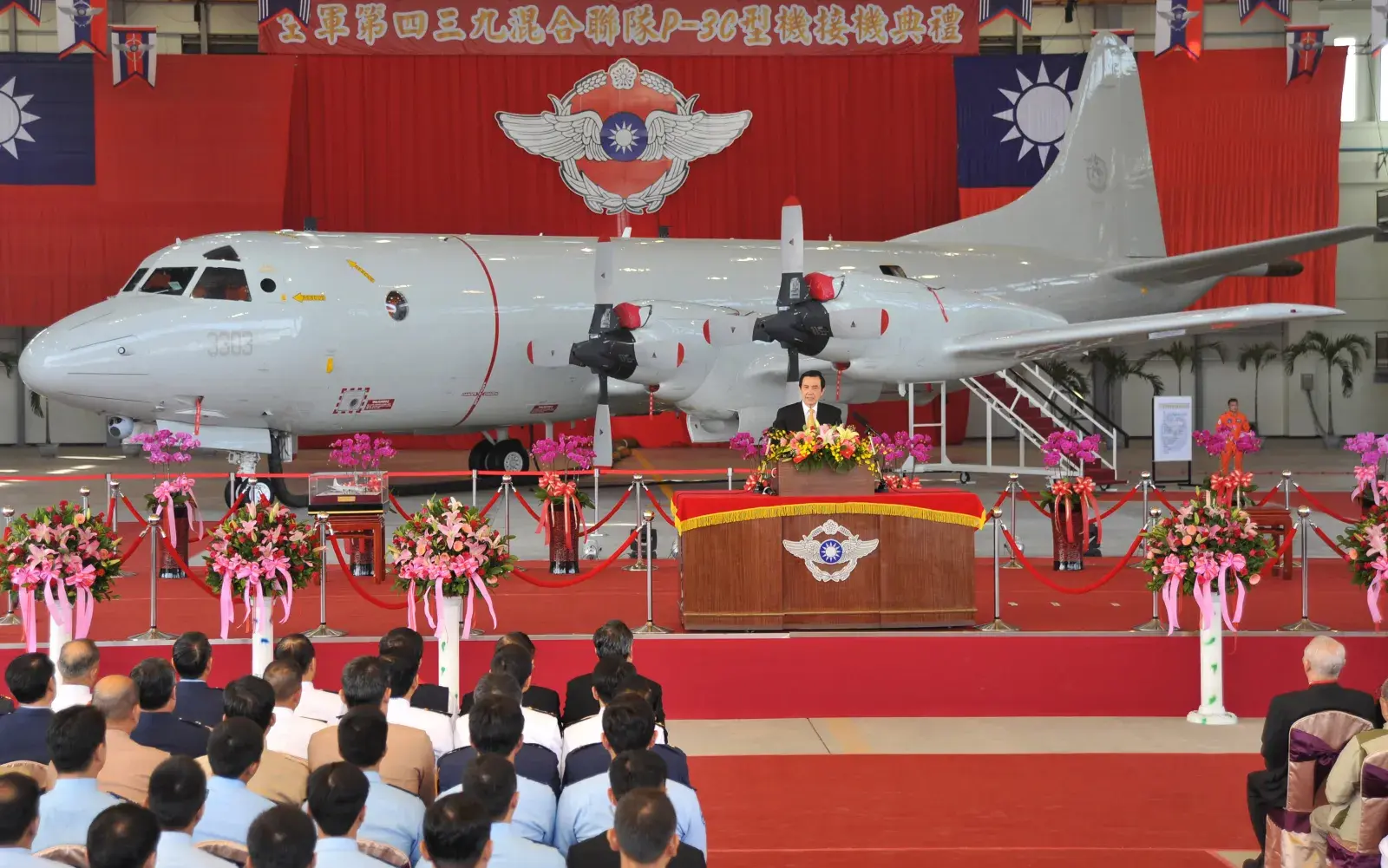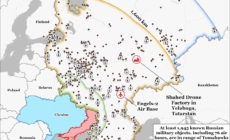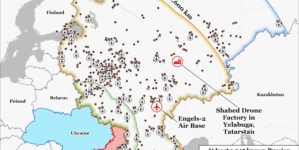-
Jorge Polanco crushes his second HR of game, extending Mariners’ lead over Tigers - 11 mins ago
-
Bari Weiss named editor-in-chief of CBS News as Paramount acquires The Free Press - 18 mins ago
-
Vojvodina Rider Claims Victory at 18th National Gallop - 20 mins ago
-
Cat Sees Dog Walking Past Store Daily, Response Goes Viral: ‘True Nemesis’ - 29 mins ago
-
Hungary Hails Georgian Municipal Election Results Amid Protests - 53 mins ago
-
NFL Top-10 Rankings: Lions Grab Top Spot; Eagles, Bills Drop; Bucs, Colts Climb - 54 mins ago
-
Katie Porter gains endorsement of powerful group for Calif. governor - 57 mins ago
-
Map shows where Russian targets could be destroyed with Tomahawk missiles - about 1 hour ago
-
King Charles’ former butler reveals surprising royal protocol rules - about 1 hour ago
-
Meta’s leaked AI documents expose internal child safety training rules - about 1 hour ago
Map Shows Pacific Militaries With US Submarine Hunters
Singapore has recently joined other countries in the Western Pacific that have acquired United States maritime patrol aircraft capable of hunting enemy submarines amid the growing Chinese naval presence in the region, a Newsweek map shows.
The U.S. has provided the P-3 Orion and the P-8 Poseidon aircraft—both designed for anti-submarine warfare—to its allies and partners through military sales, with some modernizing their aging Orion fleets by introducing the advanced Poseidon aircraft.
The Chinese Foreign Ministry did not immediately respond to a request for comment.
Why It Matters
Facing the Chinese navy’s rapid buildup and expanding presence, the U.S. has armed its Western Pacific allies and partners with military hardware such as anti-ship missiles to strengthen defense across three island chains intended to deter Chinese aggression.
Meanwhile, the U.S. Navy has been deploying its own maritime patrol aircraft to the Western Pacific on a rotational basis, ensuring the Pentagon “is best postured to honor its security commitments and to contribute to regional security and stability.”
What To Know
As part of its efforts to challenge U.S. military supremacy, China operates the world’s largest navy by hull count, including a fleet of 60 submarines, a number expected to rise to 65 by the end of 2025 and 80 by 2035, due to expanded shipbuilding capacity.
During his meeting with U.S. Defense Secretary Pete Hegseth at the Pentagon on September 10, Singaporean Defense Minister Chan Chun Sing announced that his country will acquire a fleet of four P-8 aircraft, according to a press release.
The introduction of the P-8 aircraft, which are set to replace the current Fokker 50 fleet, will modernize Singapore’s maritime security capabilities by enhancing its military’s “maritime situation awareness and ability to counter subsurface threats.”
According to its manufacturer, Boeing, the P-8 aircraft can conduct anti-submarine and anti-surface warfare, as well as intelligence, surveillance and reconnaissance. U.S.-operated aircraft are being upgraded to hunt the world’s most-advanced submarines.
Singapore has now become the fourth Western Pacific country to operate the Boeing-made aircraft, following Australia, New Zealand and South Korea, which possess 12, four and six aircraft, respectively, according to official data and news reports.
The P-3 aircraft remain in service in the Western Pacific, according to a Newsweek map. Japan and Taiwan, part of the First Island Chain, operate 27 and 12 aircraft, respectively, while South Korea acquired 16 aircraft, one of which crashed in May.
Both Australia and New Zealand retired their P-3 aircraft in 2023 after introducing the P-8 aircraft into their maritime patrol fleets. Thailand, a U.S.-designated major non-NATO ally that maintains military ties with China, operated the P-3 aircraft until 2014.
U.S. defense contractor Lockheed Martin has offered a “mid-life upgrade” program to extend the service life of the P-3 aircraft, in service worldwide for more than 50 years.

What People Are Saying
Boeing said on its website: “The Boeing P-8 Poseidon is a multimission maritime patrol aircraft excelling at anti-submarine warfare; anti-surface warfare; intelligence, surveillance and reconnaissance; Maritime Domain Awareness; and search and rescue. In operation worldwide, the P-8 redefines the standards of multimission patrol and reconnaissance in every mission it undertakes.”
Lockheed Martin said on its website: “With more than 400 aircraft worldwide flown by 21 operators in 17 countries, the P-3 remains a relied-upon asset today. Time and time again, the P-3 proves that it is remarkably well adapted for maritime patrol and support. Uniquely suited as the world’s premier multimission maritime long-endurance aircraft, the P-3 performs air, surface and subsurface patrol and reconnaissance tasks over extended periods and far from support facilities.”
What Happens Next
It remains to be seen whether the U.S. will receive additional P-8 aircraft orders from Western Pacific countries to boost allies’ and partners’ anti-submarine capabilities.
Source link






























